Your cart is currently empty!
10 Biggest Fall Protection Myths, Uncover the Truth
Falling is one of the most common causes of serious on-the-job injuries and death. Companies must create a safe workplace and prevent falls from elevated surfaces. This article will debunk ten common misconceptions about fall protection to help ensure the safety of workers in various industries.
myth 1: Any Harness Will Do
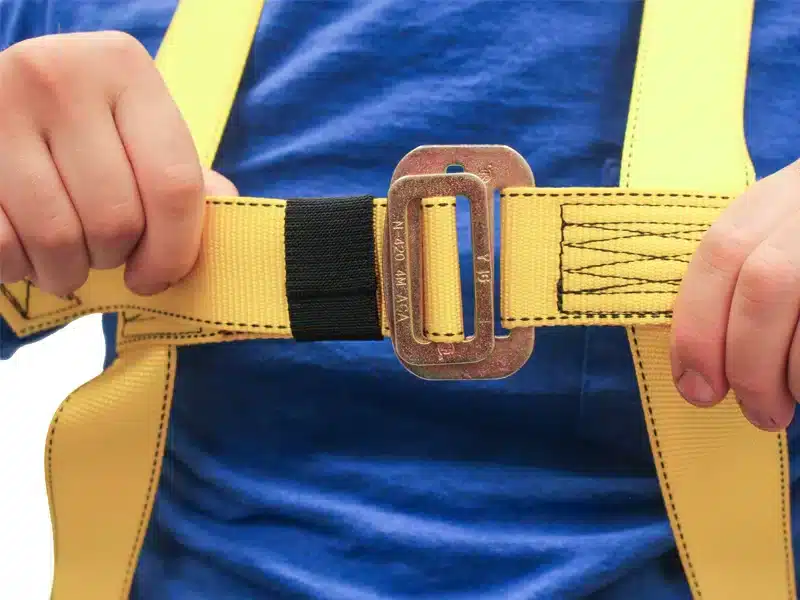
Firstly, all harnesses in the United States must meet or exceed OSHA safety standards. Ensuring your harness is tested and adheres to these standards is essential. It must fit snugly but not overly constricting, as an improperly fitted harness can result in serious injury or worse. Comfort is crucial, particularly for employees who are expected to wear them throughout the day. The harness should allow for the insertion of fingers between the body and the harness but not a fist. Proper maintenance of harnesses is critical to maintaining safety. Different harness styles are better suited to various applications and may come with different safety features. These options and features should be carefully considered and addressed on the job site in advance. For more information on properly selecting your full body harness view our article Harnessing Safety: Tips for Mastering Your Full Body Harness.
myth 2: There is A Life Span date for fall protection Harnesses
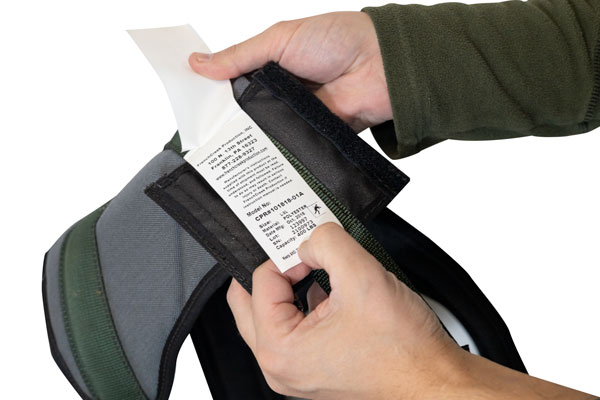
Neither OSHA nor ANSI has current standards that specify a particular time frame for removing a harness from service. When you purchase a full-body harness, it is not akin to buying a gallon of milk from the grocery store. Most manufacturers, including FrenchCreek, do not suggest a specific life expectancy for a harness or place a specific expiration date on the label. Harnesses are not perishable items, and with proper maintenance, your full-body harness can last for many years.
While there is no definite service life for a fall protection harness workers must take the time each day to visually inspect their full-body harness. Passing your daily inspection is the only criterion for your harness to be fit for use.
A typical full-body harness can handle some wear and tear that is associated with a typical day on a construction site. When it comes to ending a harnesses service, you will need to keep an eye out for several conditions during your daily inspection. Learn more about your harnesses’ use life by reading this article: Fall Protection Harness Expiration, Is There a Date?
myth 3: Fall Arrest Systems Guarantee Safety
A fall arrest system includes a full-body harness, connecting means, and an anchor point, is designed to safely stop a person who has already fallen. However, simply wearing a harness and tying it off does not guarantee safety. Training on the correct use of fall arrest systems is crucial, particularly in understanding fall clearance distance. Proper training ensures that employees know how to use these systems effectively. According to the National Safety Council, in 2022, 865 workers died in falls, and hundreds of thousands were injured severely enough to require days off work. Many of these workers may have had fall protection systems in place, but misuse and negligence regarding fall protection are widespread. The effectiveness of fall protection equipment is compromised if it is not used properly.
For more information on how to properly calculate your fall clearance distance view our article.
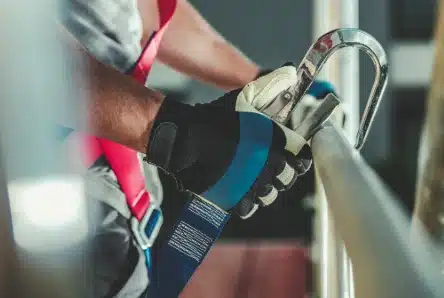
myth 4: Certified Anchors Are Better Than Non-Certified
We know it sounds wrong, but ideally, when selecting a fall protection anchor you will want to choose a non-certified anchor if possible. While working on project sites, a majority of your anchor points will be non-certified anchors.
Non-Certifed Anchors– OSHA states that all non-certified anchors must be able to support at least 5,000 lbs. for every employee attached to the anchor point. If the anchor point could hold the weight of a full-sized pickup truck it’s most likely safe for you. This is OSHA and ANSI’s way of getting end-users to think beyond the bare minimum for a fall arrest anchor. Ideally, you should be looking at anchorage locations that can support 5,000 lbs. This way you are always going to exceed the safety requirements for maximum fall arrest forces.
Certified Anchors– The ideal 5,000 lb. anchorage location doesn’t always exist. Because of this, OSHA applies strict guidelines that must be followed when using a certified anchor. A certified anchorage point has been designed and installed to an engineer’s specifications. For fall arrest a certified anchor must exceed 2 times the max. arresting force. Because certified anchors are designed and installed as part of an engineered system, they do not need to meet the 5,000 lb. requirement for anchors.
In addition, certified anchors can be portable. Let’s say you’re a municipal worker who must access sewer systems via confined space manholes. Typically you are going to need to use a certified anchorage system such as FrenchCreek’s Portal Davit System.
myth 5: Only High-Risk Jobs Require Fall Protection
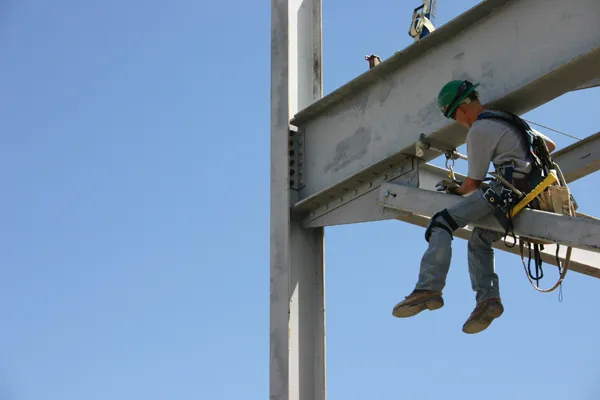
Fall protection is essential for all workers, as even those at low heights can be exposed to significant danger. In General Industry, fall protection is required at heights as low as 4 feet. This safety measure is crucial because of over one-third of fatal falls in the construction industry occurred from heights of 15 feet or less. In addition, Falls from ladders occur in almost 1 out of 4 fatal falls!
Typical professions that require fall protection include roofers, cell tower technicians, oil and gas drillers, window washers, construction workers, and iron workers. However, regardless of the job’s risk level or compensation, it is imperative for anyone working off the ground to have proper fall protection in place.
Myth 6: Fall Protection Hinders Productivity
Ergonomics in fall protection helps with workplace productivity by allowing good posture, reducing repetitive motions, and ensuring appropriate heights and reaches. A properly sized harness should be comfortable and enable workers to complete tasks efficiently. Ergonomics also lowers the chance of workplace injuries, reducing costs related to labor, lost workdays, and incidence claims. While safety measures might seem inconvenient initially, they ultimately enhance overall efficiency and safeguard workers’ well-being.
Proper use of fall protection not only ensures the safety of workers but also instills a sense of self-confidence and reassurance. This confidence allows workers to focus on their tasks without the constant fear of injury, thereby enhancing their productivity and overall job performance. When workers feel secure, they are more likely to perform their duties efficiently and effectively, contributing to a safer and more productive work environment.
Myth 7: Fall Protection is Expensive and Not Worth the Investment

Investing in fall protection is a prudent financial decision, and significantly more economical than managing the consequences of a fall-related incident. The initial expense of purchasing and implementing fall protection equipment is minimal compared to the potential costs that companies can incur in the absence of such measures. Without proper fall protection, businesses are exposed to numerous financial risks, including substantial fines, citations from regulatory bodies, and expensive lawsuits. Additionally, a single fall incident can lead to skyrocketing liability insurance premiums and the potential for long-term reputational damage.
Beyond the immediate financial implications, companies may also face indirect costs such as lost productivity, the need for additional training and hiring, and a decrease in employee morale. Workers may feel unsafe and undervalued, leading to higher turnover rates and the associated costs of recruiting and training new employees.
In contrast, the long-term benefits and cost savings of investing in fall protection are substantial. Effective fall protection measures can prevent accidents, ensuring a safer work environment and protecting the company’s bottom line. Companies can avoid costly legal battles, reduce insurance premiums, and maintain a positive reputation within the industry. Furthermore, a commitment to employee safety fosters a culture of trust and reliability, enhancing overall workforce morale and productivity. Review this article on the updated Civil Penatly Amonts from OSHA.
Myth 8: Fall Protection Equipment is One-Size-Fits-All
Manufacturers provide a range of harness sizes to meet the diverse needs of workers, recognizing that a one-size-fits-all approach does not suffice in ensuring safety and comfort. This variety is particularly important as the workforce becomes more diverse, including a growing number of women who may require smaller harnesses. Ensuring that each worker has access to a harness that fits them properly is not merely a matter of comfort, but a critical safety issue.
According to the Occupational Safety and Health Administration (OSHA), a “properly fit” harness is one that is correctly sized to protect the worker without creating additional hazards. If a harness is too small, it can restrict movement, cause discomfort, and fail to distribute forces properly in the event of a fall, potentially leading to injuries. Conversely, a harness that is too large can slip, shift, or fail to engage correctly, also pose significant safety risks.
Although it is legal for workers to share full-body harnesses, special attention must be given when tightening and adjusting the harness each time it is used. Proper adjustment is crucial to ensure the harness fits each worker correctly and functions as intended. However, best practice is to assign each worker a specific harness. This approach minimizes the risk of improper adjustments and ensures a consistent, reliable fit.
Therefore, selecting the right size harness for each individual and assigning specific harnesses to workers is crucial. It ensures that the safety equipment functions as intended, providing effective protection without introducing new dangers. This consideration underscores the importance of manufacturers offering a wide range of sizes and highlights the necessity for employers to provide properly fitted harnesses to all their workers. By doing so, they uphold safety standards and accommodate the unique needs of a diverse workforce.
In addition, job sites are not a one-size-fits-all environment. Each site presents unique challenges and hazards that necessitate a tailored approach to fall protection. The fall protection plan that works effectively at one site may not be suitable for another due to differences in layout, tasks being performed, and potential fall risks. Therefore, conducting a thorough analysis of each job site is crucial. This involves identifying specific fall hazards, assessing the work environment, and understanding the tasks that workers will be performing. By carefully evaluating these factors, you can develop a customized fall protection plan that addresses the unique risks of each site, ensuring that all safety measures are appropriately implemented and workers are adequately protected. This site-specific approach is essential for maintaining a safe working environment and preventing fall-related injuries.
Myth 9: Only Construction Workers Need Fall Protection
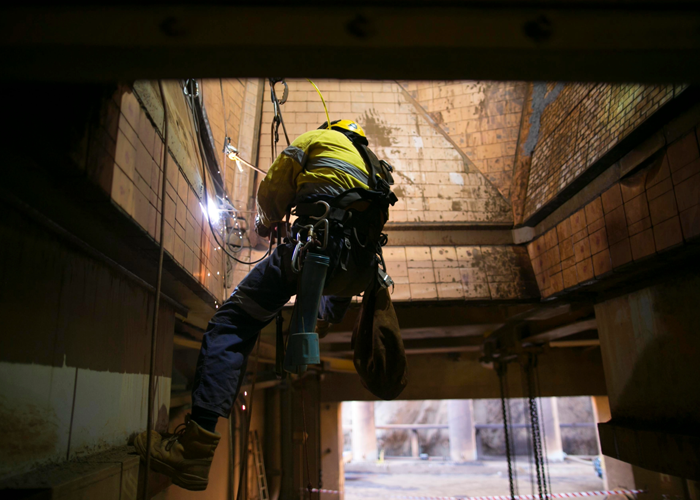
The notion that fall protection measures are exclusive to construction sites is a pervasive myth. While it’s true that construction workers often operate at significant heights, the need for fall protection extends far beyond the confines of construction sites. From manufacturing plants to warehouses, and even office buildings, various industries grapple with fall hazards that necessitate robust safety protocols.
Firstly, let’s dispel the misconception that fall protection is solely a concern for construction workers. According to the Occupational Safety and Health Administration (OSHA), fall protection is mandated for any task conducted at heights of four feet or more in general industry settings. This includes activities such as maintenance work on machinery, stacking inventory in warehouses, and even changing light fixtures in office buildings. Failure to implement adequate fall protection measures in these environments can lead to serious injuries or fatalities.
Moreover, the need for fall protection transcends height-related risks. While falls from elevated surfaces pose a significant threat, workers are also susceptible to falls from ground level, particularly when working near unprotected edges or open pits. Slippery surfaces, uneven terrain, and cluttered work areas further compound the risk of falls, emphasizing the importance of comprehensive fall prevention strategies across all industries.
Furthermore, industries outside of construction often involve tasks that require working over dangerous equipment or machinery. Whether it’s maintenance work on factory machinery or servicing industrial-grade vehicles, employees face the constant risk of falls onto hazardous equipment. In such scenarios, fall protection isn’t just a precaution; it’s a lifeline that safeguards workers from catastrophic injuries and potential fatalities.
It’s also crucial to recognize that fall protection isn’t solely about compliance with regulatory standards—it’s about fostering a culture of safety within the workplace. Employers have a moral and legal obligation to prioritize the well-being of their employees, regardless of the industry they operate in. By investing in comprehensive fall protection programs, companies demonstrate their commitment to protecting their workforce and mitigating the financial and reputational repercussions associated with workplace accidents.
Myth 10: Having Fall Protection Means You Can Work Alone
Working at heights presents inherent dangers, even with the implementation of fall arrest harness systems. The potential for a fall is a constant threat, underscoring the critical need for prompt rescue operations in such scenarios. When a worker is suspended in a harness for an extended duration, the risks intensify, with issues like impaired circulation emerging as additional concerns.
Recognizing these risks, the presence of a second person on-site is invaluable. This individual not only ensures the proper inspection and installation of safety equipment but also stands ready to offer immediate assistance in case of emergencies. While the onus of ensuring workplace safety primarily falls on employers, it’s equally imperative for workers to actively participate in safeguarding themselves and their colleagues.
One pivotal aspect of mitigating risks associated with lone working is the comprehensive undertaking of a risk assessment by employers. This assessment serves as a foundational tool in identifying and evaluating specific hazards inherent to the workplace environment. By scrutinizing factors such as the nature of the job site, the suitability of individual employees for solo work, and the requisite training, employers can tailor preventive measures accordingly.
Following the completion of a thorough risk assessment, the implementation of targeted strategies becomes paramount. These strategies encompass various facets aimed at minimizing risks and maximizing safety for lone workers. Among these measures are stringent protocols for the proper utilization of fall protection equipment, comprehensive training sessions focusing on health and safety protocols, and provisions for communication devices such as cellphones or radios to facilitate prompt assistance in case of emergencies.
Moreover, the integration of automatic warning devices and the establishment of regular check-in procedures further fortify the safety framework for lone workers. These measures not only serve as proactive safeguards but also ensure swift responses to any unforeseen contingencies that may arise during solo operations.
In Summary
Ensuring workplace safety across diverse industries hinges on the critical implementation of fall protection measures. By dispelling prevalent misconceptions, companies can significantly enhance worker protection, curtail expenses, and bolster overall productivity. Essential to this endeavor are rigorous training programs, meticulous equipment upkeep, and unwavering adherence to established safety protocols. These proactive measures serve as bulwarks against fall-related accidents, safeguarding the well-being of workers and fostering a conducive environment for sustained productivity and efficiency.